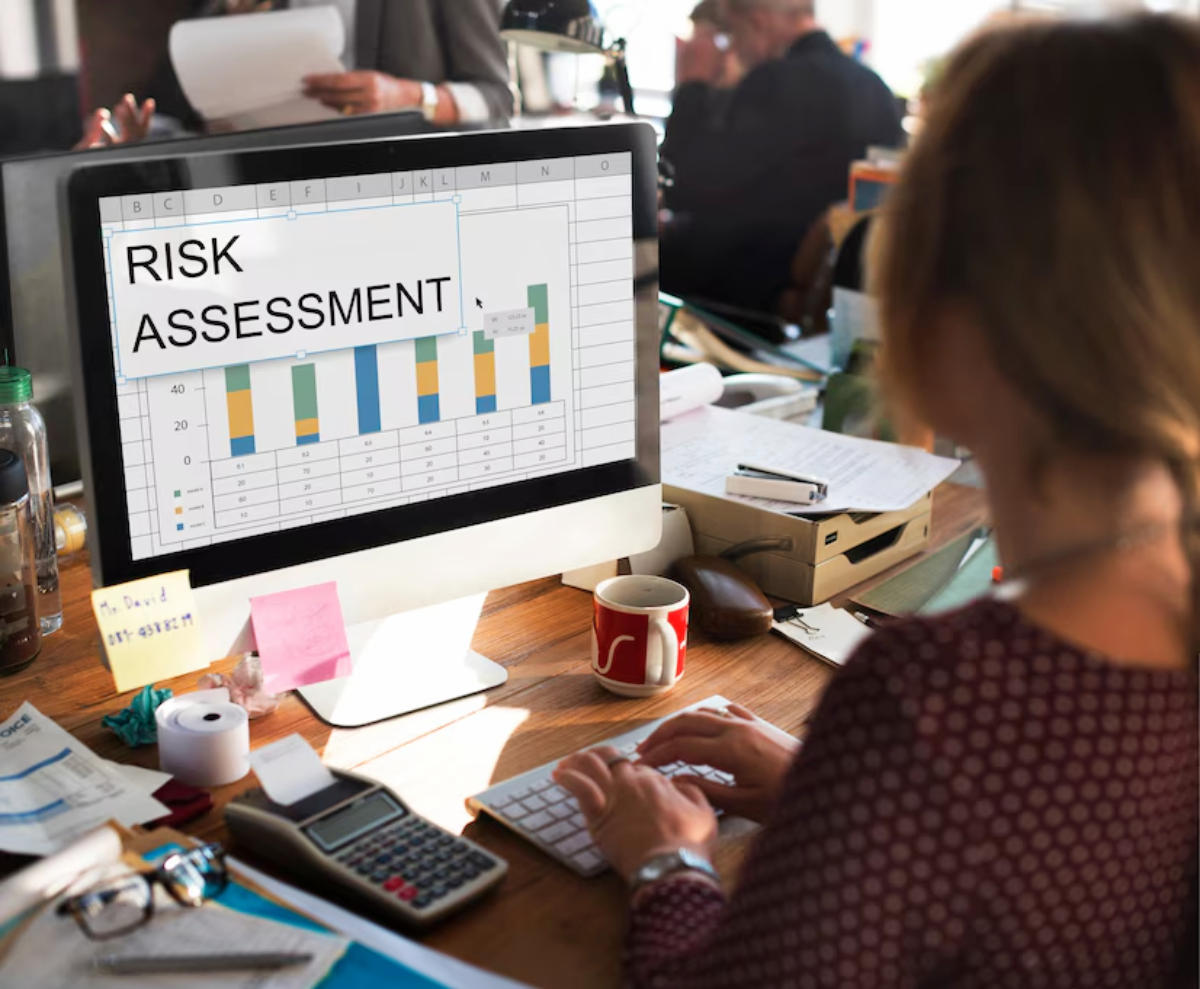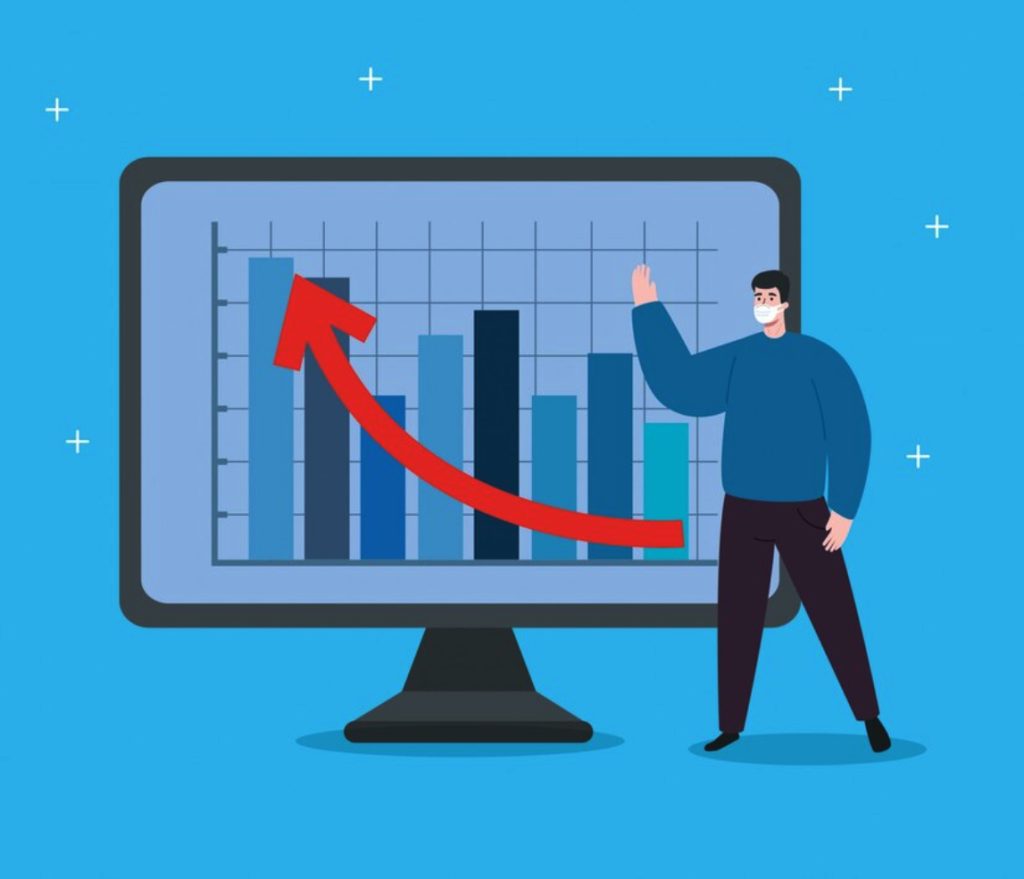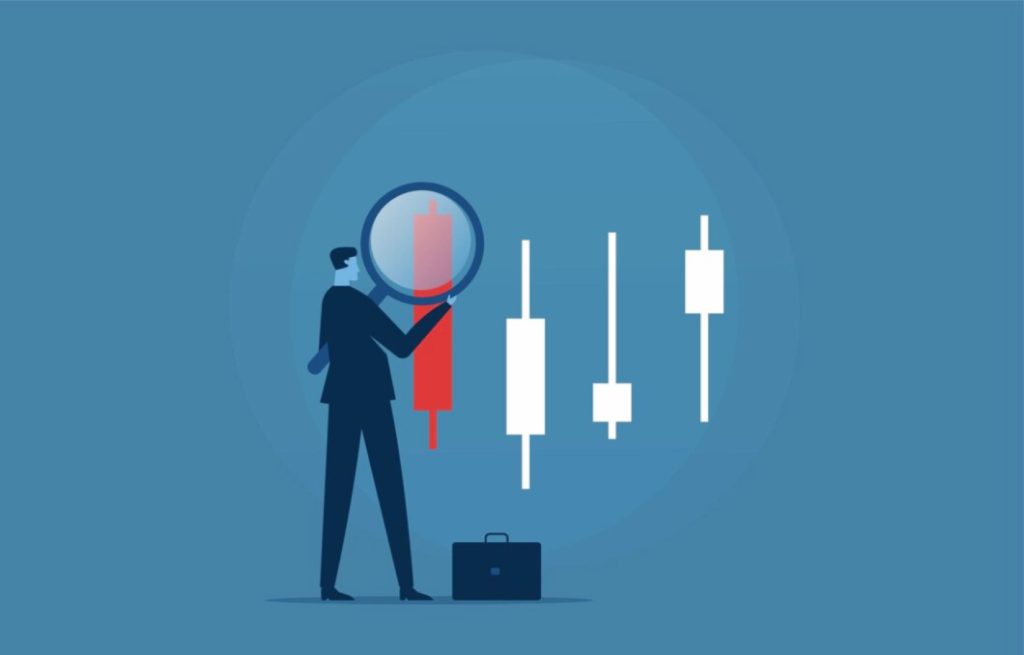Oreo – Most wannabe traders in the trading scene are usually caught on best attitude and the correct ways of risk management. Of course, they are significant elements; nevertheless, sometimes the most crucial element is a good statistical expectation, which overcomes all others. Without such a basis, even the best attitude and risk-reducing strategies will not be very helpful hence aggravate losses in the financial sphere.
Most traders have an unclear edge in their techniques, as one commonly observes on the website QuantifiedStrategies.com. Profit look almost tough to reach day after day. This is where it becomes quite important to grasp since a poor trading strategy cannot be offset by even the best risk management technique or correct attitude.
We expose here the stark, cold reality about trading. We will discuss the reasons behind a positive statistical expectation, how to get it from backtesting, and why you should know this if any trader wants to succeed over time. So let’s start with this.

Recognising Statistical Expectancy
Positive statistical expectation is what?
One sometimes refers to an anticipated favorable statistical expectancy as a statistical edge. This implies that rather than losing transactions, a strategy will be returning more winning trades over an incredibly huge number of trades. That is, in the long term you will make more money than you lose if you constantly implement a plan with a positive anticipation.
Why Does It Matter?
Most traders join the market not knowing exactly the expectation of a strategy. They could be trading based on emotional decisions or on estimates, which would finally result in bad trades and losses across time. A strategy with optimistic expectation provides traders with direction, thereby enabling them to concentrate more on the execution than on emotions.
Backtesting: Requirement
Backtracking is what?
Backtesting is really only a technique for trying to test the performance of a trading strategy by use of some historical market data. By means of prior performance analysis, a trader can forecast future profitability of their approach or lack. Starting from the bottom is a wise concept even though backtesting cannot pinpoint a future success.
How to do a step-by- step guide backtest?
- Define Your Strategy: Clearly define your strategy. List the guidelines influencing your trading approach.
- Data Mining History: compile market information pertinent to the traded asset
- Test runs: Let your plan run across the past; then, observe what happened.
- Performance Metrics Analysis: Performance Metrics Measure your important benchmarks such average gain per trade, win rate, etc.
Interpreting results
The backtest should be good enough to provide a strategy with positive expectation. Now, you are rather positive you have discovered a trading strategy that is practical when you acquire a backtested result that would explain continuous profits over time. Negative results should cause you to rethink and change your approach.
Mindset and Risk Management’s Limitations
Mindset: Crucially Important but Not Enough
Although any trader should have the correct attitude, it does not fully replace the need of having a sound trading plan. Actually, having a good attitude could help you to maintain following your strategy; if your plan has statistical edge, then all of that could prove pointless.
Risk Management: Protection of Your Capital
Good risk management helps to control losses and protect money. But a losing approach cannot be cured by risk management. It is like laying a safety net under a poorly built bridge; even with brilliant appearance, the structure may still collapse.

The Two Fundamental Components of Successful Trading
1. Positive Statistical Expectancy
You must have a plan with reasonable statistical expectation if you are successful in trading. This indicates:
- Backtesting will help you prove the strategy works.
- Know when those particular circumstances call for your technique to work better.
- Track movements in the market and when time is of the essence for modifying the trading plan.
2. Methodical trading
Having developed a conceptual expectation of the approach, you should apply it depending on discipline. For accuracy:
Trading from your plan during a drawdown will help you.
Avoiding impulse transactions and laying decisions based on reason instead of feeling can help you
continuous assessment aimed at determining whether the approach should be changed to increase its efficiency.
Typical Trading Storyline
The fallacy of the “Perfect Trader”
Most rookie traders, on the other hand, seem to think that they have some sort of hidden capacity to find opportunities or that they are naturally able to read markets. Actually, effective trading is in discovering a method with some statistical edge then hammering it into regular implementation.
The Myth of Temporary Profit
In a nutshell, the traders usually have to make a little profit with short-term success and therefore neglect the need of such kind of long-term approach. Though it may not always result in short-term gains, a technique may have a positive expectation and result in a significant profit over a long run.
Conclusion
The unfortunate reality of trading is that neither attitude nor risk management can stand by itself even if they are tools in hand. If you are to become regularly profitable, you must thus grasp and be able to concentrate on building a good statistical expectation by appropriate backtesting and rigorous execution.
And over time, doing this will greatly increase your long-term income prospects. Not a sprint, trading is a marathon. Visit QuantifiedStrategies.com for much more ideas and thorough plans to consider. See the trading terrain like a professional knows how to.

